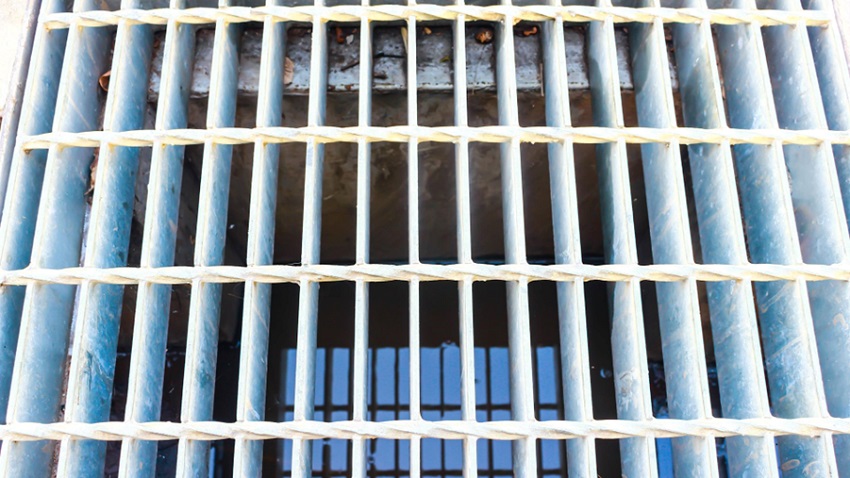Landscape design is an important part of any outdoor space, and one way to enhance the look and function of a landscape is by incorporating trench drains. Trench drains are an effective solution for managing water runoff in landscaping projects, as well as providing aesthetic value. This article will explore the role of trench drains in landscaping and how they can be utilized for a beautiful, functional outdoor space.
What are Trench Drains?
Trench drains are long, narrow drainage channels that feature a sloped bottom to help carry water away from the landscaping area and prevent pools of standing water. Trench drains can be installed in residential or commercial properties and are often used around patios, driveways, sidewalks, and other areas where water can build up.
The top of the trench drain is typically fitted with a trench drain grating that allows water to flow through while also providing protection from debris. This way, water can be diverted away from areas that could cause erosion or flooding.
Benefits of Installing Trench Drains
Trench drains can provide many benefits for landscaping projects. For starters, they help manage water runoff in outdoor spaces by capturing surface runoff and directing it away from homes and other buildings. This helps to prevent water damage, erosion, and flooding in the area. Additionally, trench drains can help reduce maintenance needs by preventing soil from becoming saturated with water and reducing the growth of weeds.
Trench drains also offer aesthetic advantages by adding a more naturalistic look to landscaping projects. They can be made with different materials, such as concrete, rock, or plastic, and textures that achieve a range of design styles.
Considerations When Installing Trench Drains
When installing trench drains, it is important to consider several factors first, including the size of the drain needed and its placement relative to existing structures such as patios and walkways. Additionally, the type of soil in the area should be taken into consideration, as this will determine whether or not trench drains are an appropriate solution for your landscape project.
It is also important to factor in any potential water sources that could affect the effectiveness of a trench drain system. For example, heavy rains can cause an increase in surface runoff which may require larger trenches with higher capacities than originally planned.
And if you are installing a trench drain system to address an existing water management problem, it is important to have the system professionally inspected and maintained regularly. This way, any potential problems can be caught and addressed early before they cause more serious damage. Additionally, by knowing how to choose the right drainage gate, you can ensure that your drainage system is properly functioning and well-maintained.
To Wrap it Up
Trench drains are a great way to add both function and beauty to any landscape project. They can help manage water runoff, prevent flooding, and reduce maintenance needs. With correct placement and a variety of materials to choose from, trench drains can provide an attractive drainage solution for any landscaping project. So if you’re looking for a way to add more character and function to your outdoor space, consider the advantages of incorporating trench drains into your landscape design. Thank you for reading!







